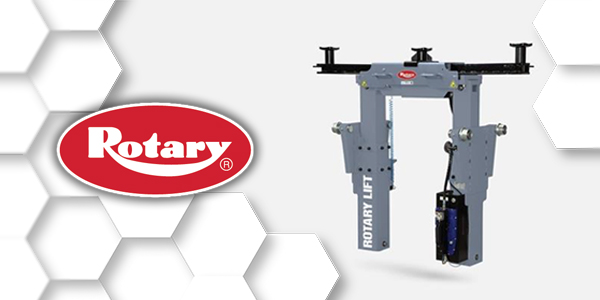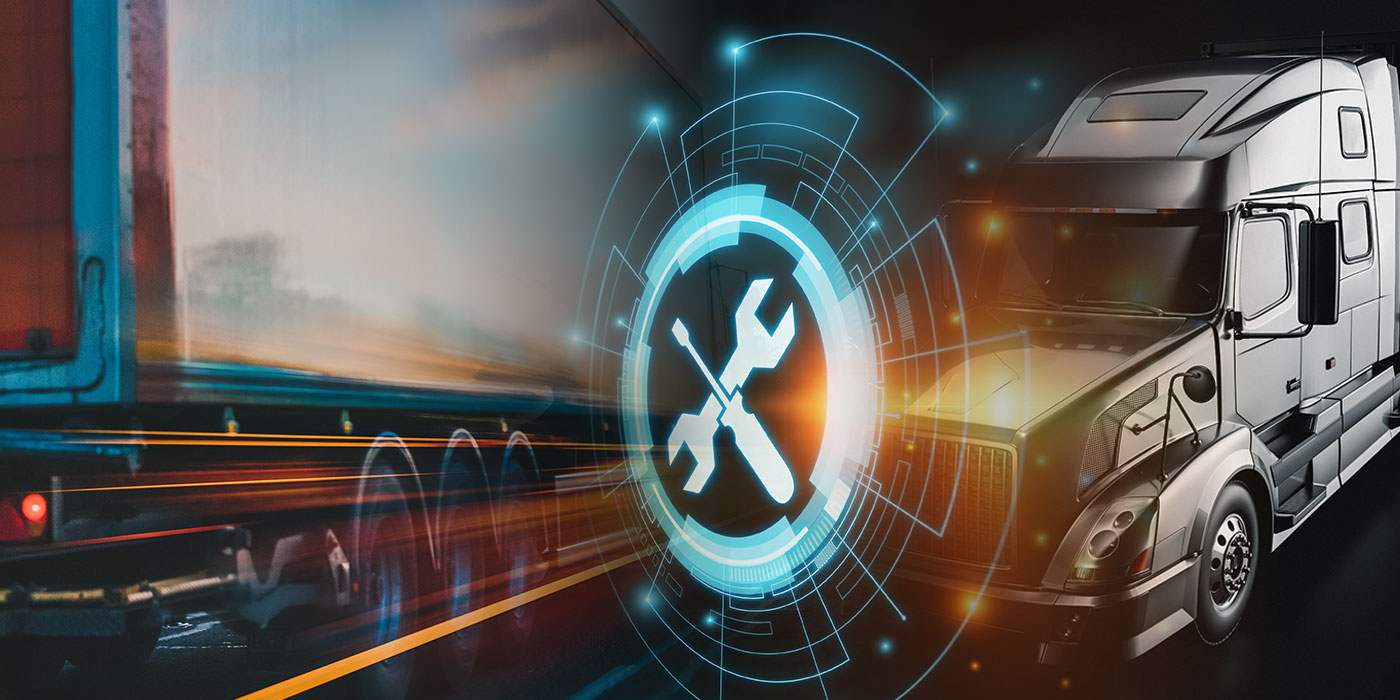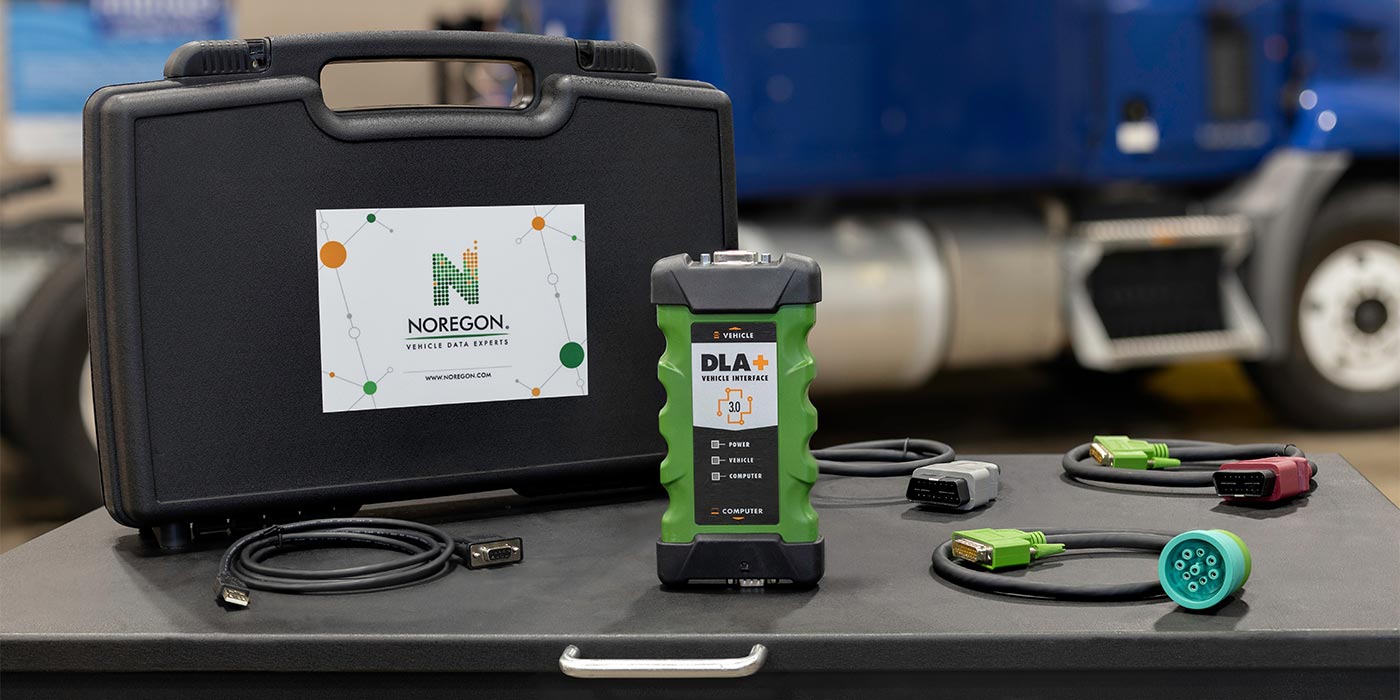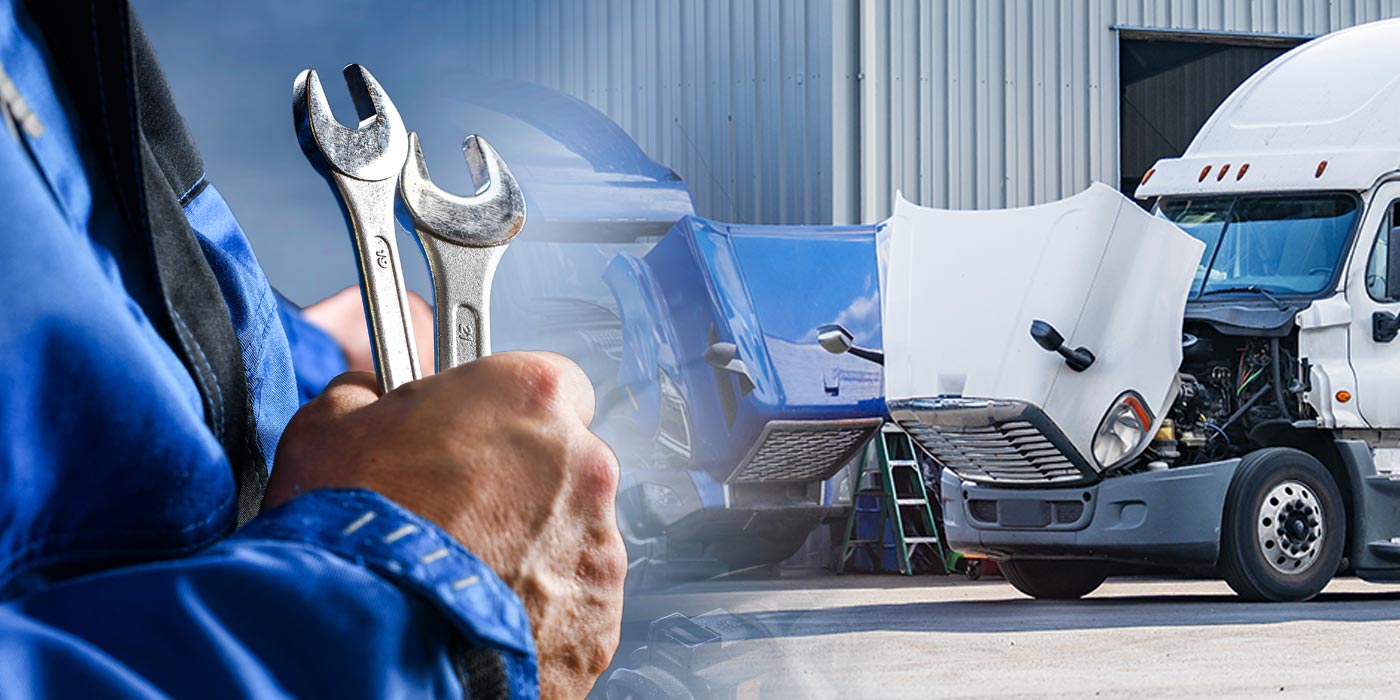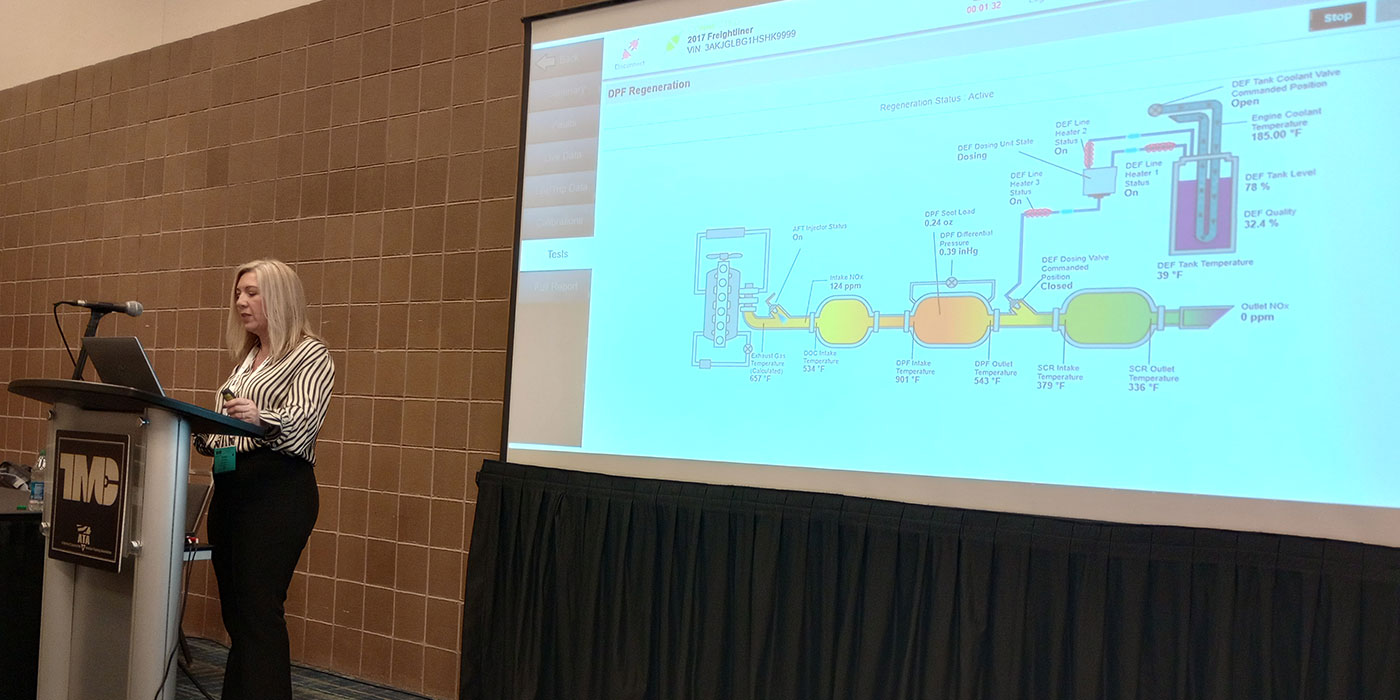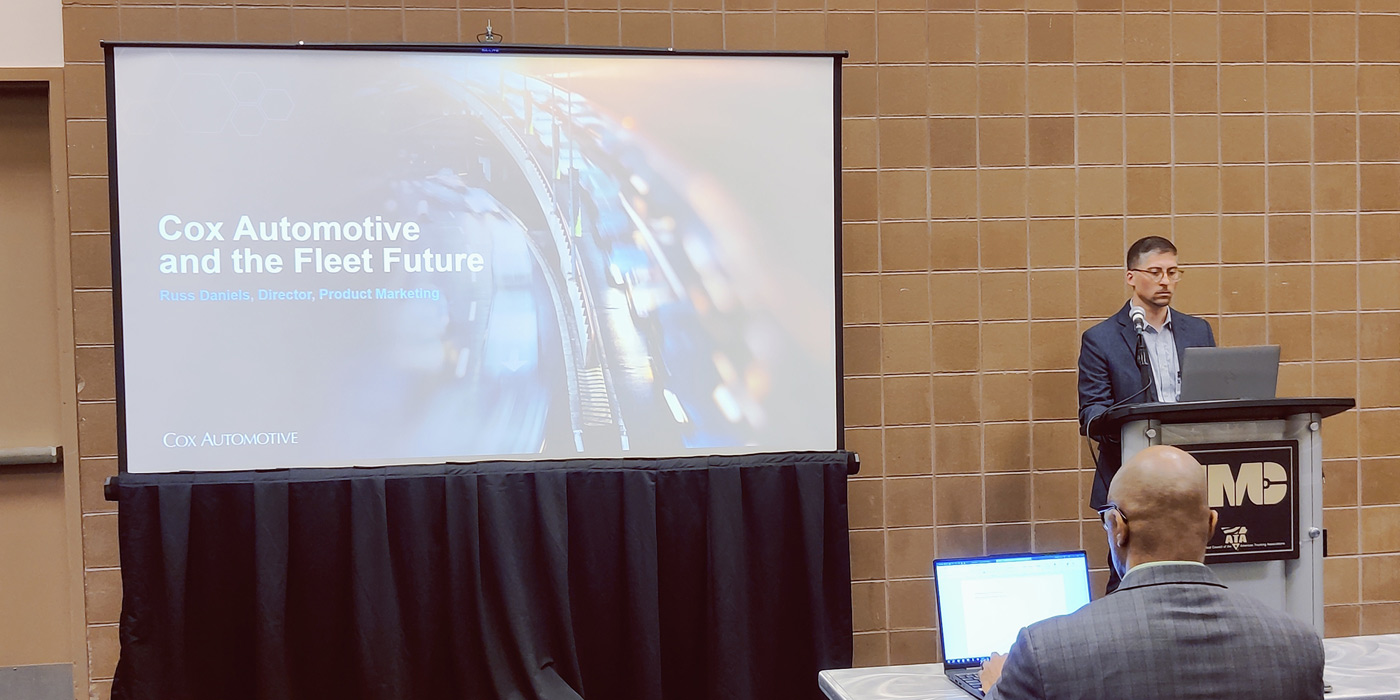Managing a small fleet often means worrying about and managing the safety of several drivers while also managing costs during historic inflation. However, safety shouldn’t take a back seat to costs. According to The U.S. Department of Transportation’s National Highway Traffic Safety Administration, road-related deaths are on the rise in the U.S. In fact, federal transportation officials found that U.S. road deaths were actually at a 17-year high in 2022. Here are three steps small fleet managers and drivers can work towards implementing to cut costs, all while addressing and improving safety.
Invest in mobility technology that monitors safety for small fleet drivers

There is a huge need in the market for implementing monitoring on the road. Investing in these safety capabilities will not only ensure better outcomes for fleet drivers—about 80% of drivers prefer having some sort of tech that ensures driver support features. This could mean investing in dash cams or deploying telematics solutions to learn more about driving behavior and share any videos for claims purposes, so that drivers and the companies they work for aren’t liable for incidents that were caused by other factors, like road conditions or another driver. Plus, a lot of automotive technology can anonymously provide analytics trend reports across the whole fleet to check for speeding or hard braking. The employer can then address these safety issues with the entire team on an anonymized basis. While automotive safety technology and telematics are wonderful tools for monitoring driving behavior, the most important aspect is how a fleet manager implements coaching and education derived from the analytics to correct certain driving behaviors.
Transition to a paperless inspection process
So many transitions today are entirely paperless. Paying bills, banking, signing up for new memberships and services… you name it. So why not turn to paperless vehicle inspection as well? At the start of their shifts, fleet drivers can begin to use digital tools for inspections to keep data is organized and create a less painful and lengthy inspection process. Anyone in charge of repairs doesn’t have to sift through paperwork when technology can funnel the necessary information about a vehicle to them for upkeep. Digital inspections can be accessed via apps and websites, which means mobile information that’s easier to share and reach.
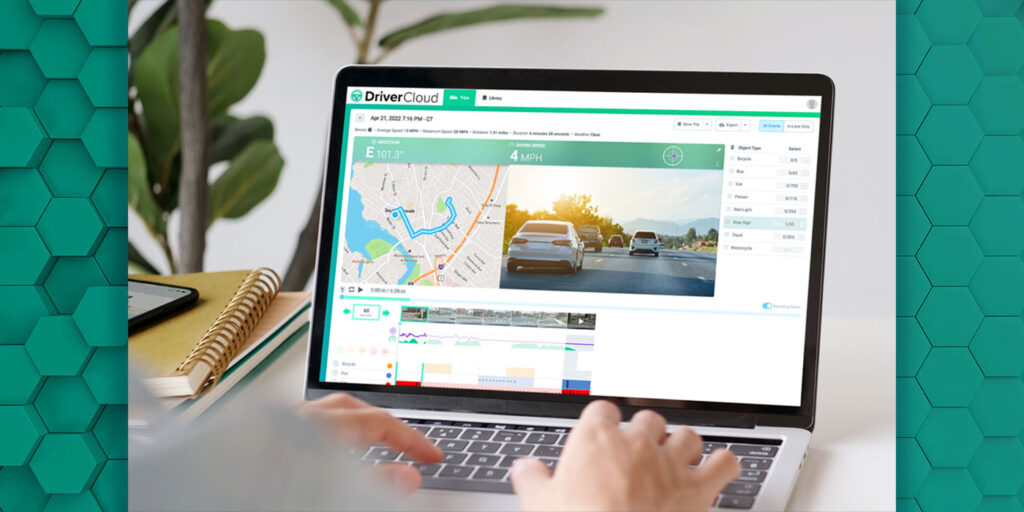
Aim for regular upkeep and maintenance to prevent future costs
As most smaller fleets don’t have the same budgets and resources as a larger enterprise, fleet owners rely on employees to regularly upkeep their fleet vehicles to both improve overall safety and longer use. If drivers can address potential issues as quickly as possible, the likelihood of an accident and even larger repairs could be less likely. For example, if drivers do not regularly check their car’s tire pressure, then their cars might not get the most out of the fuel used to power them. And tire wear and tear are one of the top maintenance costs associated with running a fleet of vehicles. Constant repairs and checks may seem excessive, but a few hundred dollars every year versus thousands after neglecting upkeep is something all small fleet owners should keep in mind as one car in the repair shop can impact which employees can work and the overall customer experience.
As a fleet owner, it’s essential to not let cost cutting measures interfere with the overall safety of your employees and other passengers on the road. Implementing these steps will help set you apart from other companies and vehicles on the road.
Marcus Newbury is the COO and co-founder of Driver Technologies, an AI-based mobility tech company that delivers a safer driving experience, which he co-founded in 2018. Newbury’s focus is on sustaining growth, building strategic partnerships, and promoting Driver’s mission to make driving safer and smarter for all.



